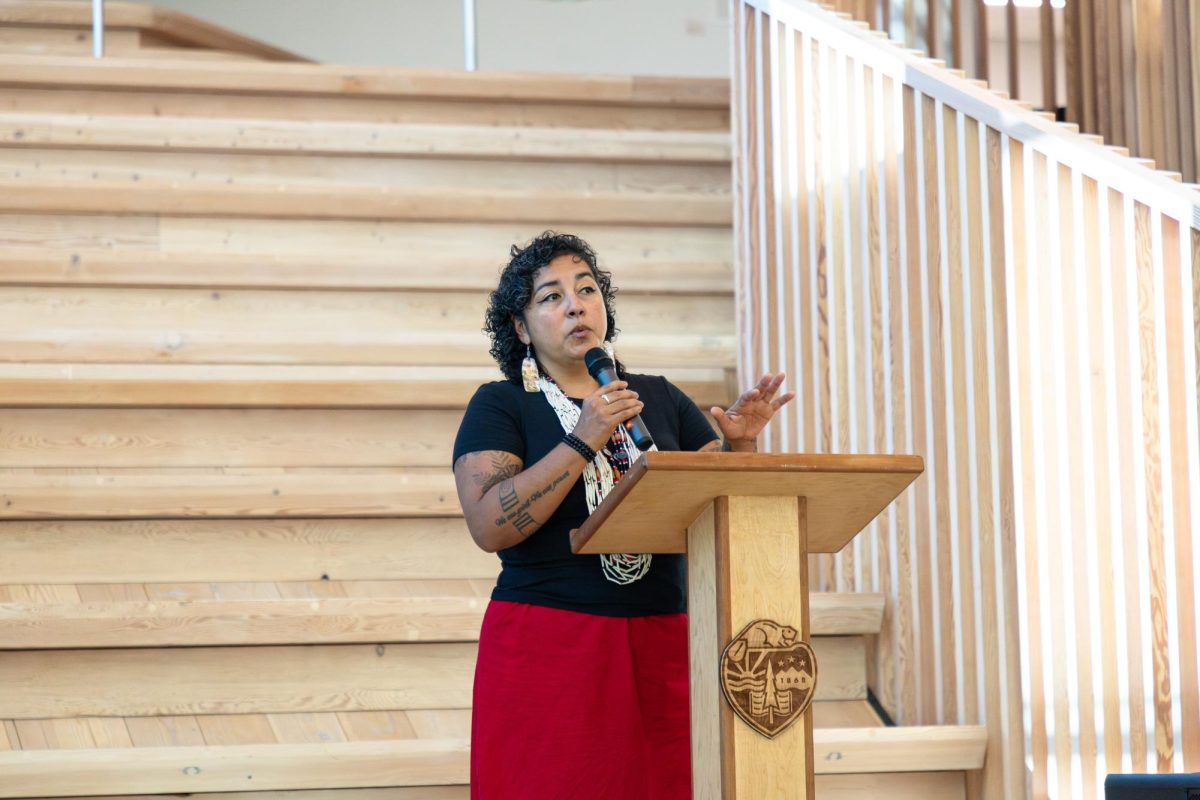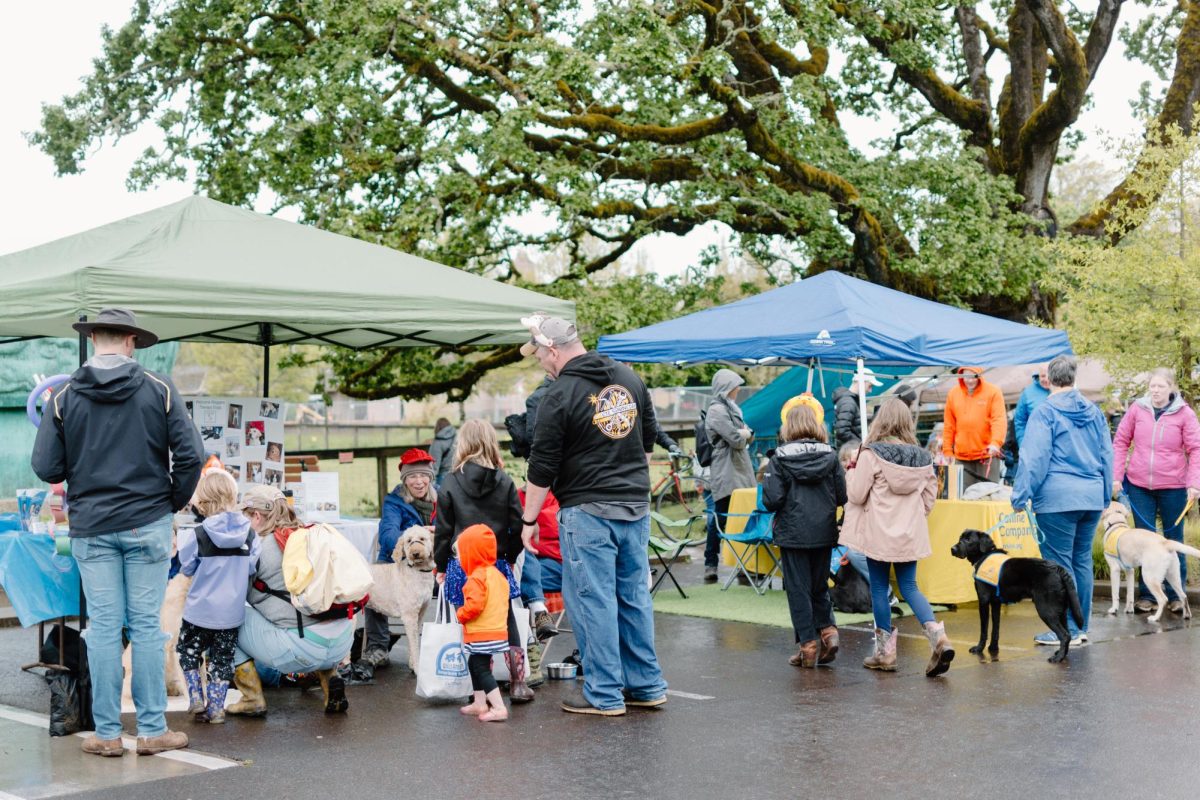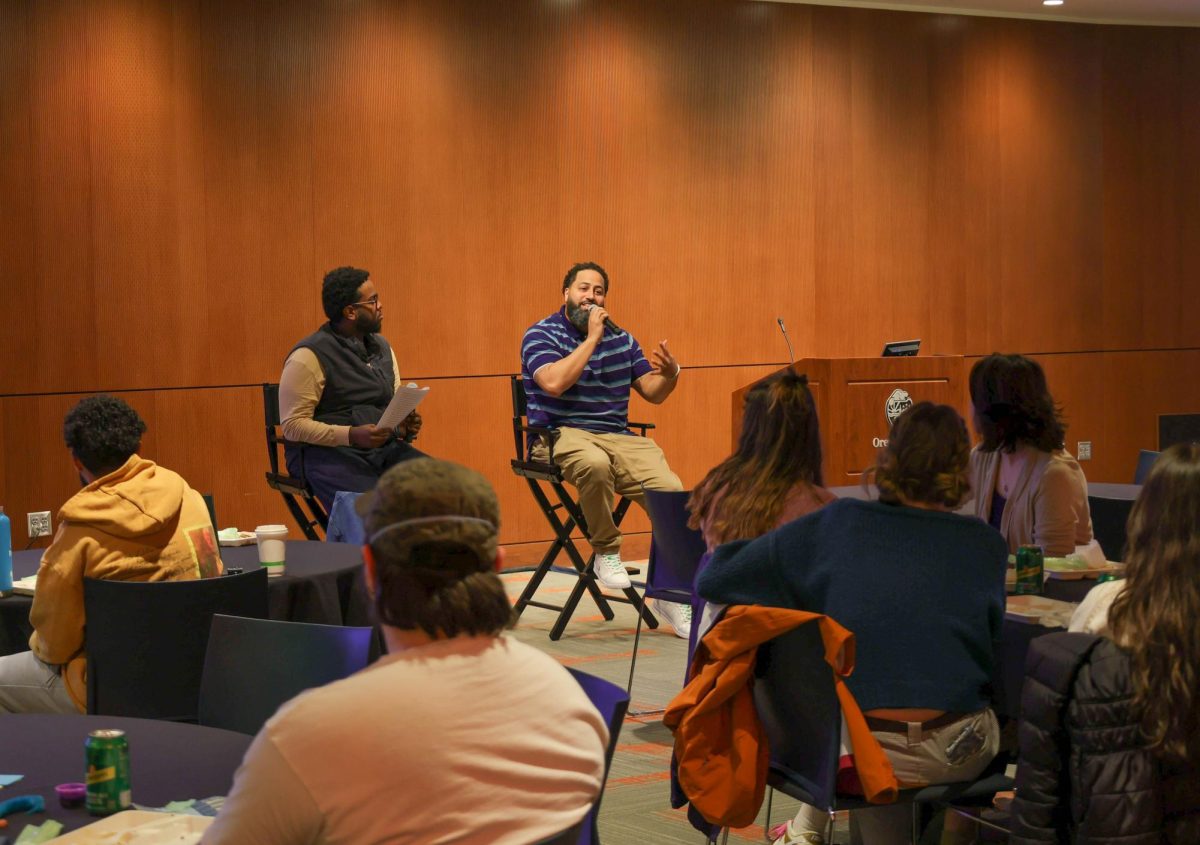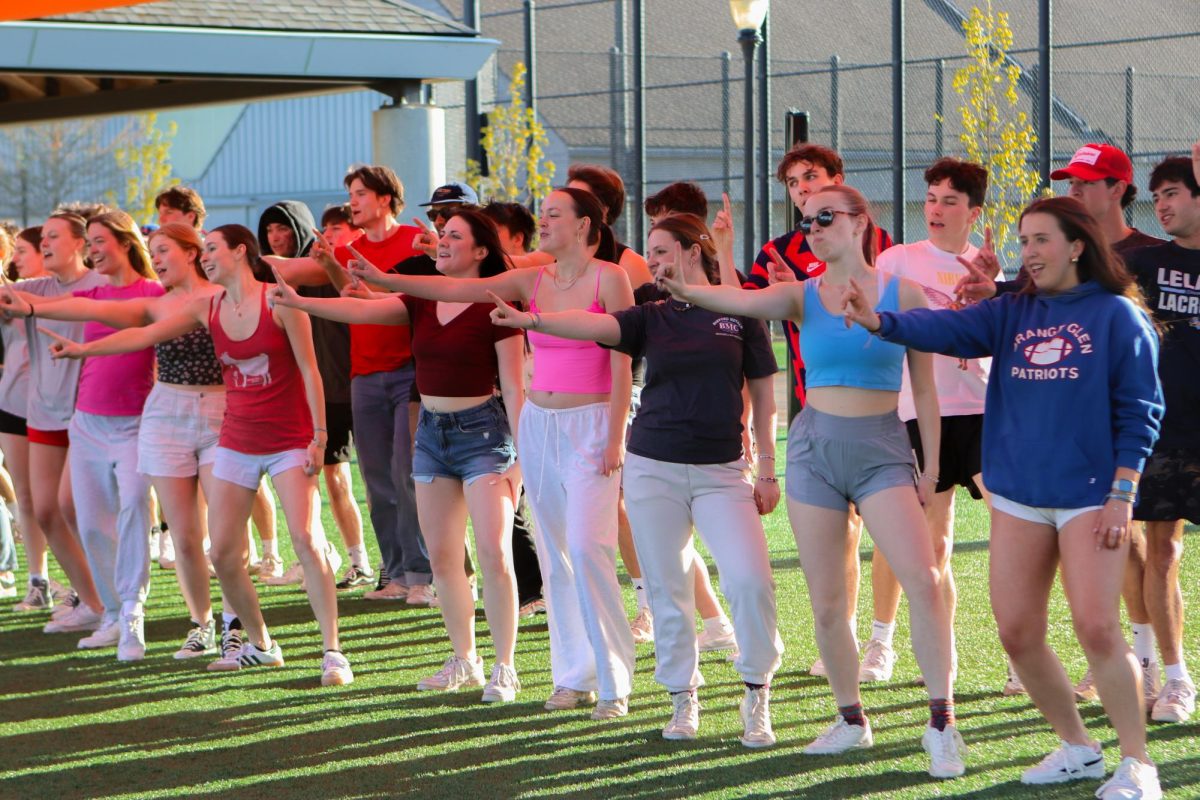In the world of climate, uncertainty is the only constant.
It’s no secret that weather patterns grow more and more unpredictable as the years go on, with record temperature highs and lows, changing jet streams and an increasing frequency of extreme events like hurricanes, floods, and wildfires — all are signs of a planet grappling with the impacts of climate change.
So how can we stay ahead?
One way global weather is predicted is through the climate phenomena El Niño and La Niña.
According to climatologist for the state of Oregon, Larry O’Neill, El Niño is a climate pattern that occurs when the surface waters in the eastern Pacific Ocean become unusually warm. In contrast, La Niña is the cool phase, marked by the unusual cooling of the surface waters in the same region.
O’Neill said that these oceanic patterns have “quite a strong effect on our weather” and that here in the Pacific Northwest, El Niño conditions usually indicate a dryer, warmer season, and La Niña brings wetter, cooler weather.
O’Neill said that as of now, in January 2024, we are in an El Niño.
“We are actually in what’s called a strong El Niño,” O’Neill said. “We categorize them by how warm it is in the tropical Pacific relative to normal and right now we’re actually on the borderline between strong and very strong El Niño, and very strong is the highest category.”
The highest category of El Niño has been recorded only three times, according to O’Neill, which makes this El Niño event significant for the season.
Despite the recent storm, O’Neill said that this winter in Oregon has been warmer than normal in accordance with standard El Niño conditions. This winter has also experienced historically low snowpack and generally warmer, dryer weather.
However, as we continue into the next few months, some of the warm and dry impacts from El Niño will start to wane.
“The El Niño has peaked and is actually starting to cool down a bit, so historically as we go into February and March, some of the warm and dry impacts we get don’t happen as often,” O’Neill said.
O’Neill’s insights indicate a transition away from the dryer impacts associated with El Niño, paving the way for a potential return to more typical (colder, wetter) winter conditions in Oregon for the remainder of the season.
While El Niño and La Niña events have been useful historically as indicators of changes in weather and climate, this may not always be the case in the future due to climate change.
“There’s really no consensus yet on how El Niño and La Niña will change in the future,” O’Neill said. “Right now the projections are kind of all over the board.”
But we do know it will change. As the climate patterns and processes on our planet change, so too will the effects of such processes.
According to the National Oceanic and Atmospheric Administration, there is a projection that extreme El Niño and La Niña events will occur much more often and more powerfully in the future.
“There’s also an idea that the way that El Niño and La Niña might affect our weather here in the Pacific Northwest will change in the future,” O’Neill said. “The jet stream will change so our storm track will change… and it might not be as big of an impact on us as it unusually is.”
While the future remains uncertain, one constant is clear — our climate is changing and with it, the dynamics of our climate systems.




















